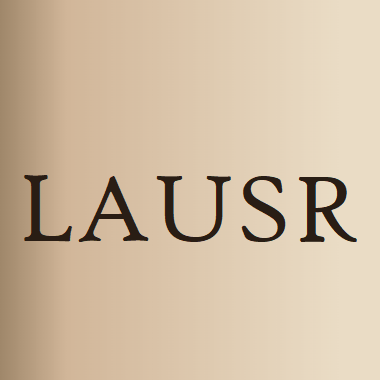
Abstract In recent times, the fabrication of versatile mesoporous silica walls by incorporating various metal species has attracted enormous interest as they significantly enrich the functionalities of mesoporous silica nanoparticles… Click to show full abstract
Abstract In recent times, the fabrication of versatile mesoporous silica walls by incorporating various metal species has attracted enormous interest as they significantly enrich the functionalities of mesoporous silica nanoparticles (MSNs) by offering numerous advantages in diverse fields. Herein, we demonstrate the generation of mesoporous silica-based, dual-metal doped, biodegradable Janus-type (sphero-ellipsoid) nanoreactors using modified Stober process by arranging two different transition metals in the silica walls, which facilitated the change of MSN’s shape, attributing to their similar charge as well as the distribution of intrinsic siliceous bonds in the confined architectures. As a proof-of-concept, the doped metal species in the silica walls have significantly augmented the loading efficiency of doxorubicin (Dox) through pH-responsive metal-ligand interactions, which specifically released Dox in the tumor endosomal acidic environment and synergized the antitumor efficacy by augmenting the intracellular levels of cytotoxic reactive oxygen species (ROS) through copper/iron(II)-catalyzed Fenton-like reaction. This innovative one-step approach for synthesizing Janus-type nanoreactors would be a conducive strategy and has great potential as a delivery system in diverse biomedical applications for treating various ailments. We also believe that the nanodevices in association with metals resulting in different shapes could significantly alter the therapeutic effects.
Journal Title: Chemical Engineering Journal
Year Published: 2019
Link to full text (if available)
Share on Social Media: Sign Up to like & get
recommendations!